Exploring isolated forests reveals a hidden world of rare mosses. These delicate plants thrive in secluded, undisturbed environments. Their unique characteristics and ecological significance make them fascinating. This article highlights some of the rarest mosses found in these remote forests. Learn about their distinctive features, habitats, and rarity.
Schistostega pennata (Goblin’s Gold)
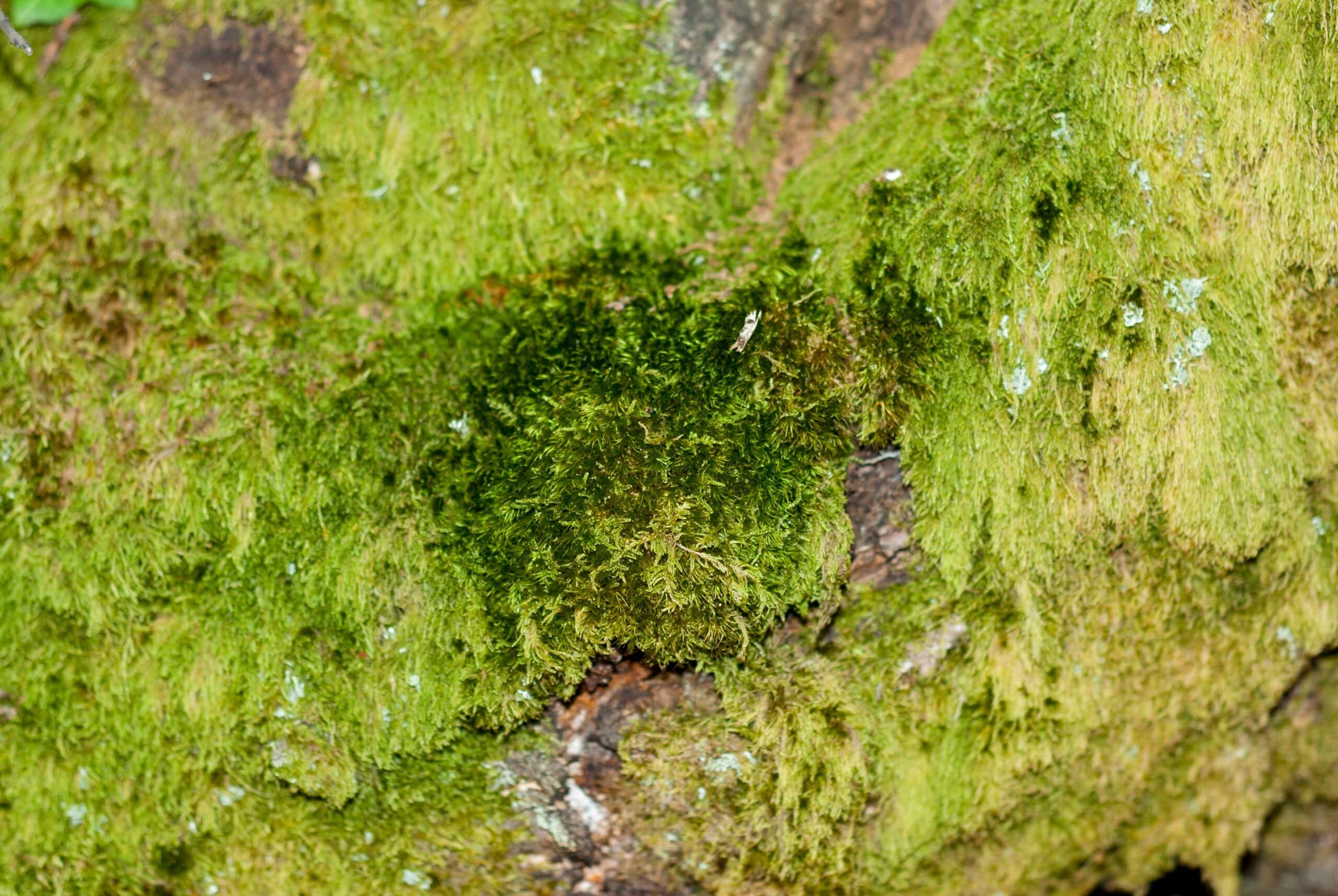
Goblin’s Gold is a rare moss known for its luminous quality. It glows faintly in dark forest caves. This moss prefers damp, shady environments. Found in isolated forests of Northern Europe and Asia, it thrives in undisturbed habitats. Its rarity adds to its mystical allure. Goblin’s Gold is unique due to its reflective cells. These cells catch and reflect light, creating a glowing effect. It is not common and hard to spot. The moss plays a role in maintaining the delicate balance of its ecosystem. Its presence indicates a healthy, undisturbed environment.
Leucobryum glaucum (White Cushion Moss)
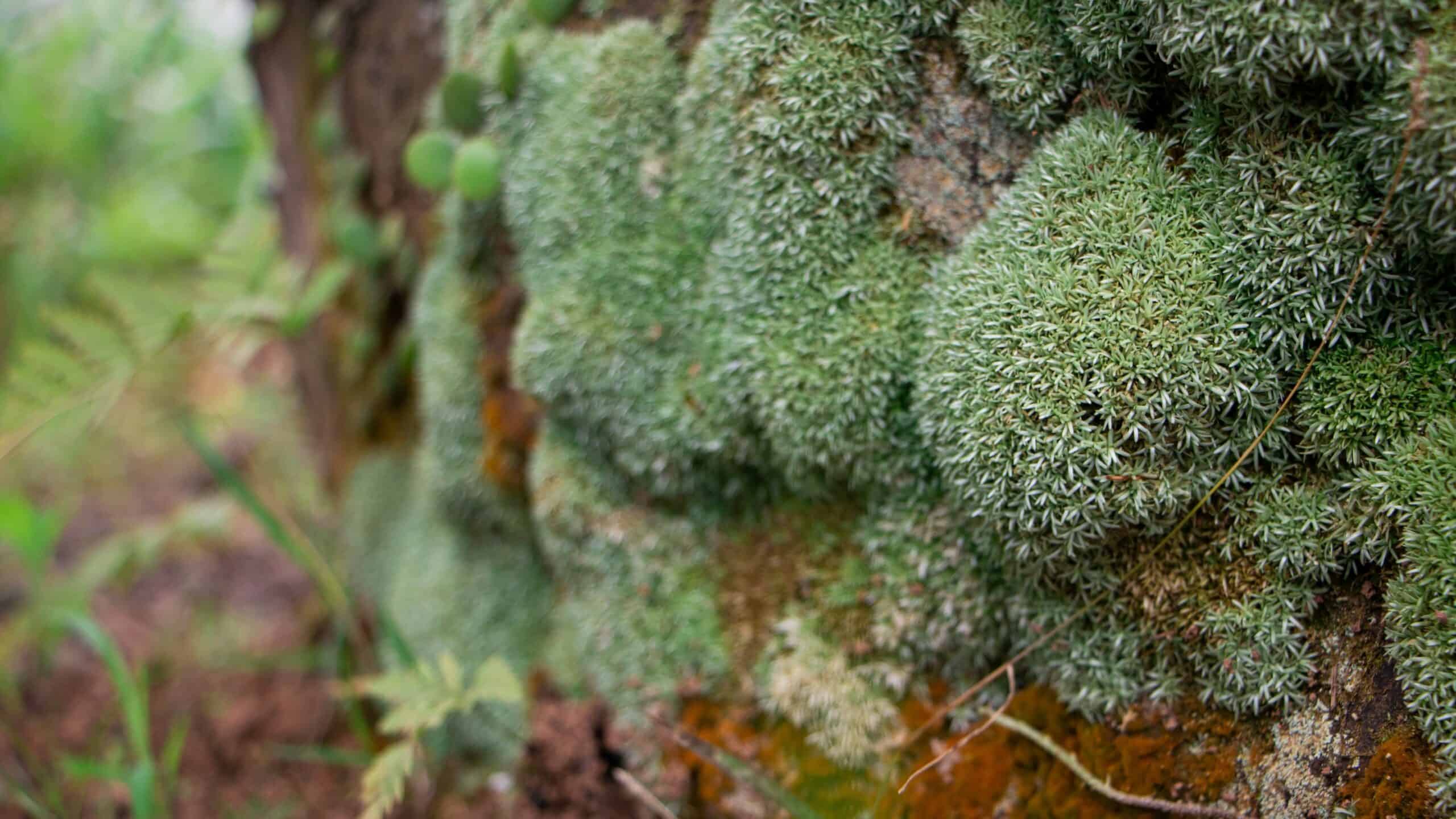
White Cushion Moss forms dense, white-green tufts that resemble soft, fluffy cushions. This moss thrives in the acidic soils of isolated forests, where it can be found in North America, Europe, and Asia. It prefers shaded areas where it can grow undisturbed. White Cushion Moss is rare due to its specific habitat requirements, needing a delicate balance of moisture and shade. This moss helps retain soil moisture and prevents erosion, playing a crucial role in the ecosystem. Its presence indicates a stable, undisturbed forest environment.
Andreaea rupestris (Black Rock Moss)
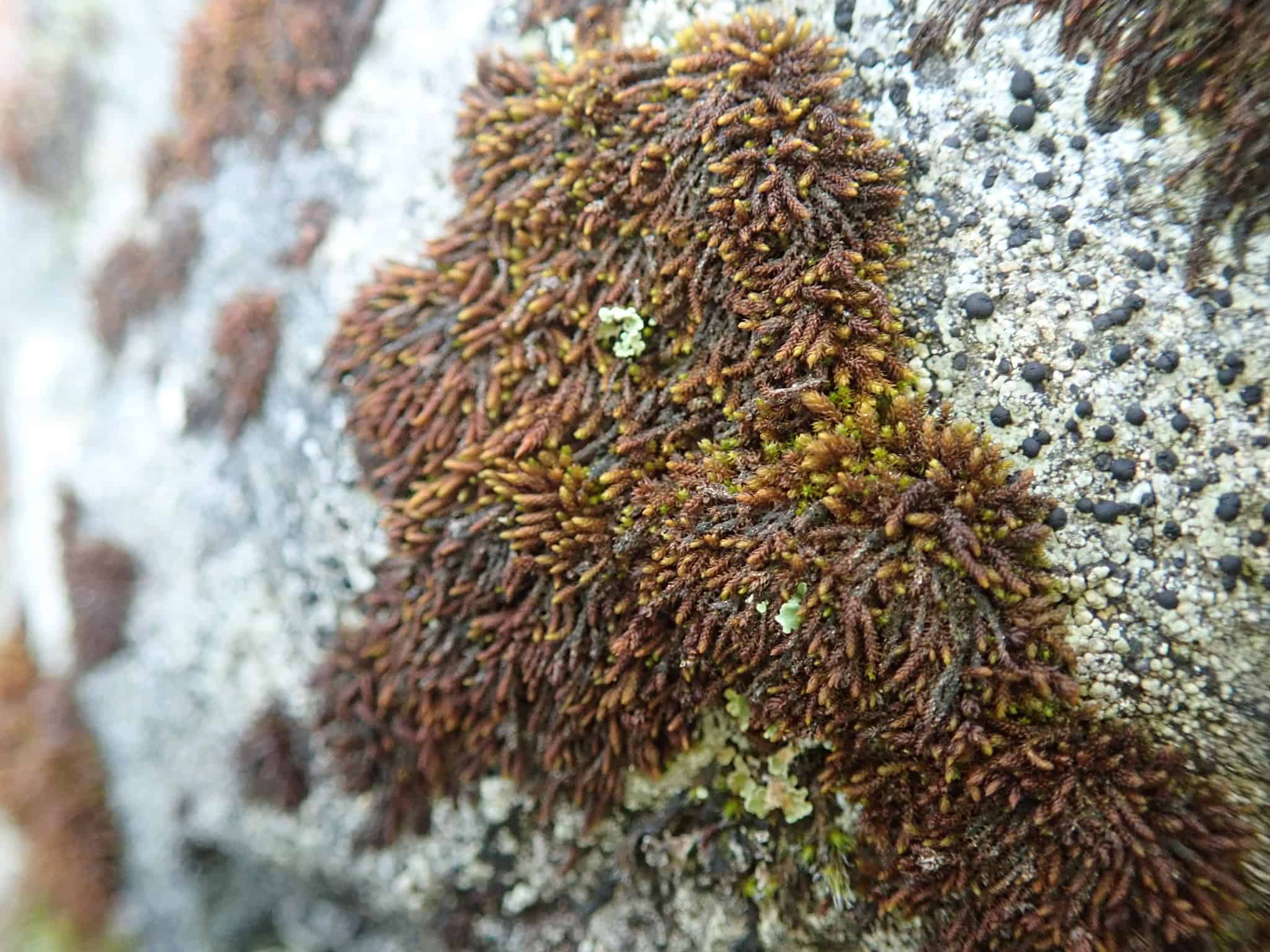
Black Rock Moss grows on rocky surfaces in isolated forests, preferring high altitudes and shaded areas. This moss can be found in North America and Europe, thriving in moist, rocky environments. Its dark, dense mats make it a striking feature of these remote locations. Andreaea rupestris is rare due to its specialized habitat, which limits its distribution. It forms dense mats on rocks, which are essential for preventing rock erosion.
Splachnum ampullaceum (Crimson-tipped Splachnum)
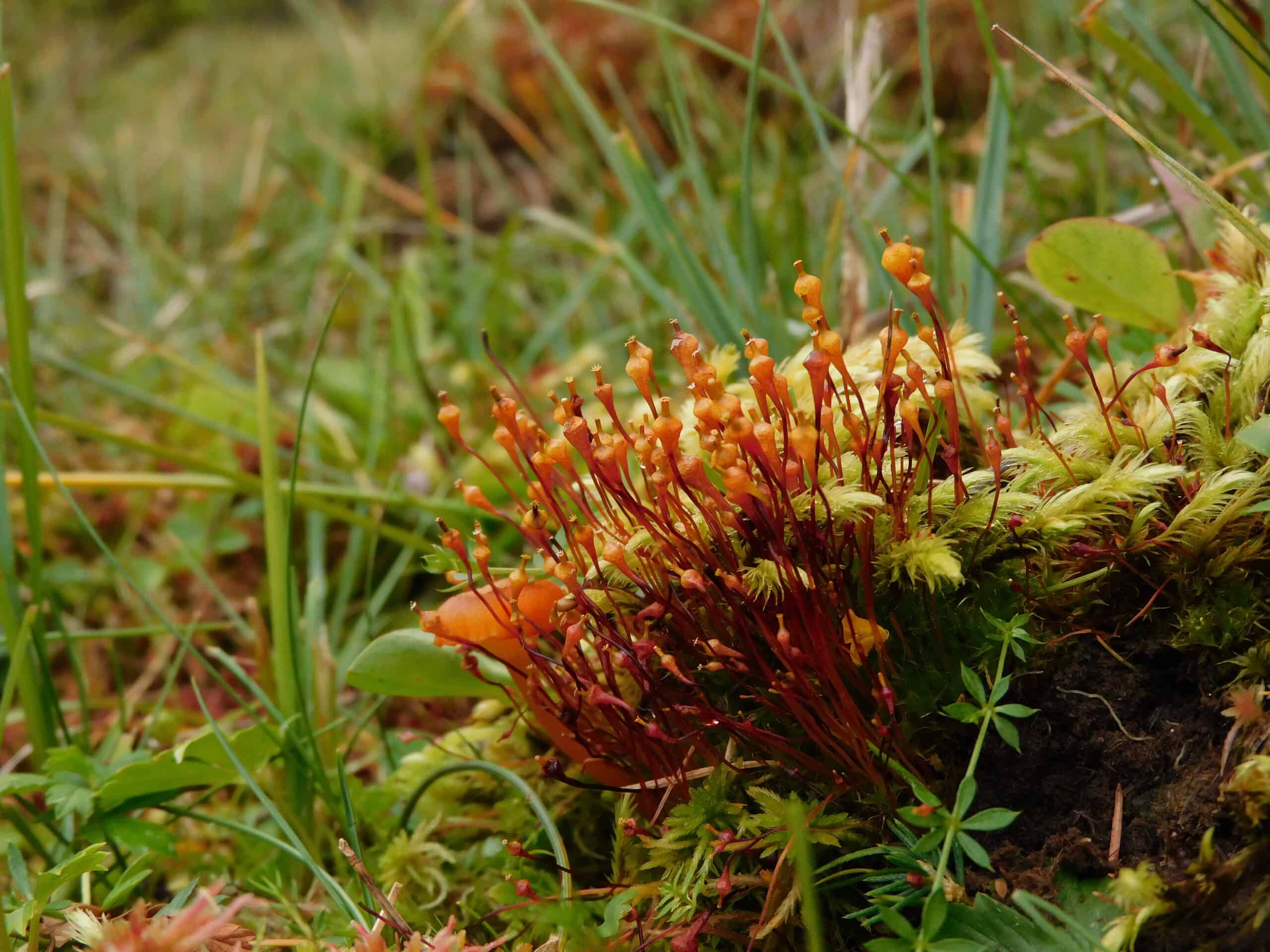
Crimson-tipped Splachnum is known for its striking red capsules that add a splash of color to the forest floor. It grows in damp, nutrient-rich areas of isolated forests in Europe and North America. This moss prefers undisturbed, shaded environments where it can thrive. This moss is rare due to its specific habitat needs, requiring a particular set of conditions to grow. Its bright red capsules are a unique feature that sets it apart. Splachnum ampullaceum plays a crucial role in nutrient cycling within its ecosystem, indicating a healthy forest environment.
Dawsonia superba (Giant Dawsonia)
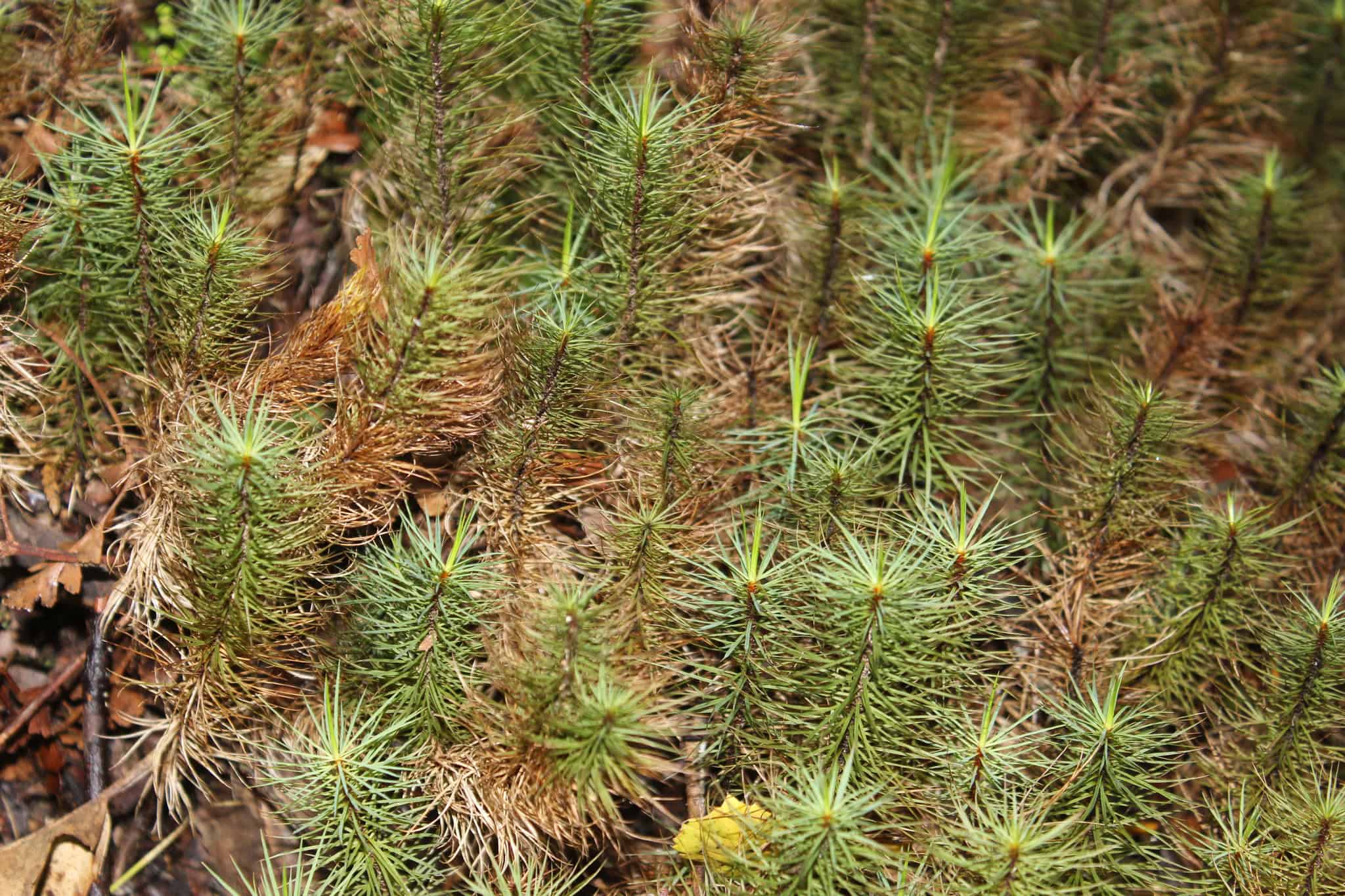
Giant Dawsonia is one of the tallest mosses in the world, capable of reaching up to 50 cm in height. This impressive moss is found in the isolated forests of New Zealand and Australia, preferring shaded, moist environments where it can grow undisturbed. Dawsonia superba is rare due to its height and specific habitat requirements, which limit its distribution. It forms dense, tall mats that are essential for soil stability and moisture retention.
Hylocomium splendens (Stair-step Moss)
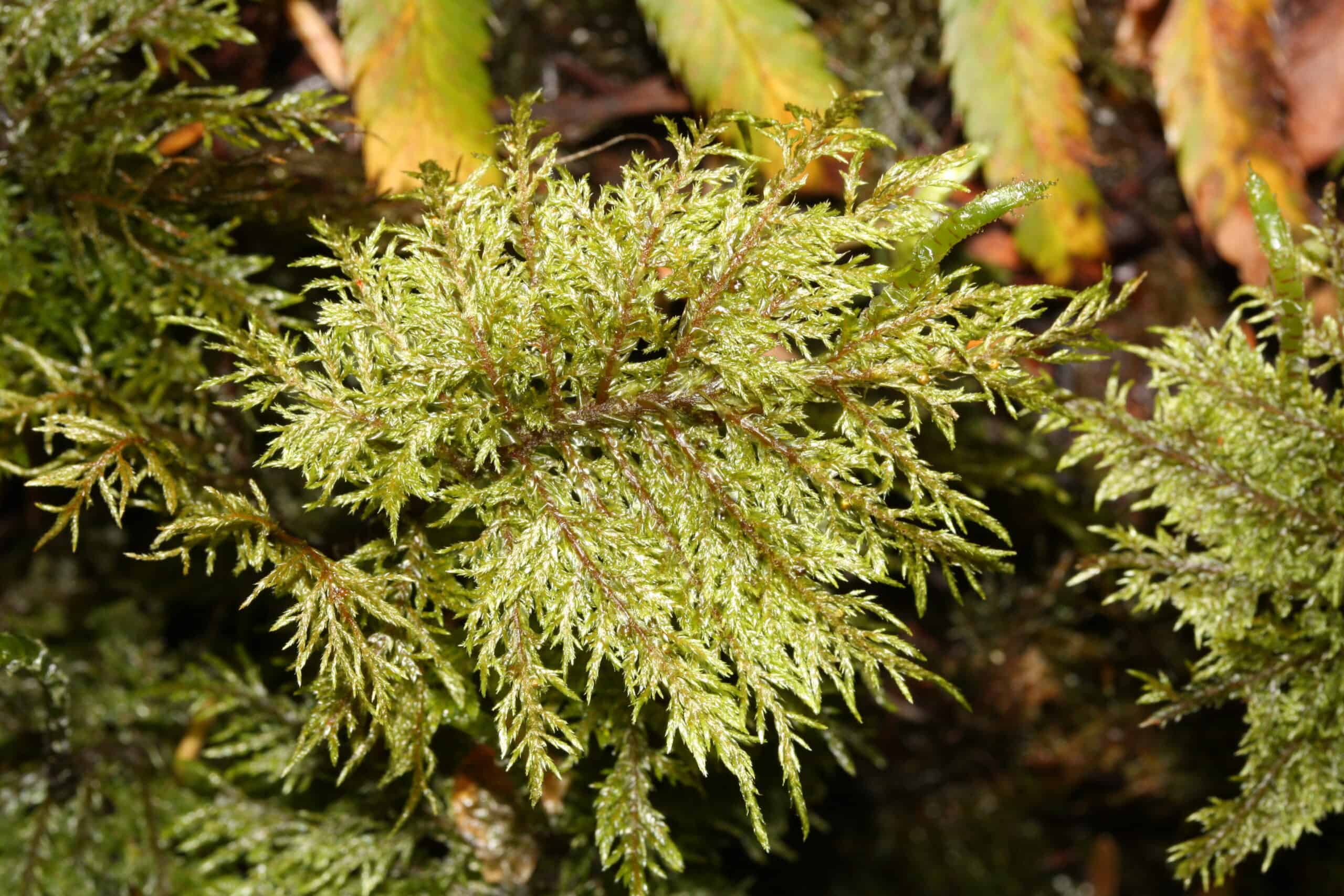
Stair-step Moss forms unique, layered growths that resemble stair-steps in their structure. This moss is found in the boreal forests of North America and Europe, preferring shaded, moist environments where it can thrive. Hylocomium splendens is rare due to its specific growth pattern and habitat requirements. It plays a crucial role in the forest floor ecology, helping to retain moisture and provide habitat for small organisms. The presence of this moss is a sign of a healthy, undisturbed forest ecosystem.
Polytrichum commune (Common Haircap Moss)
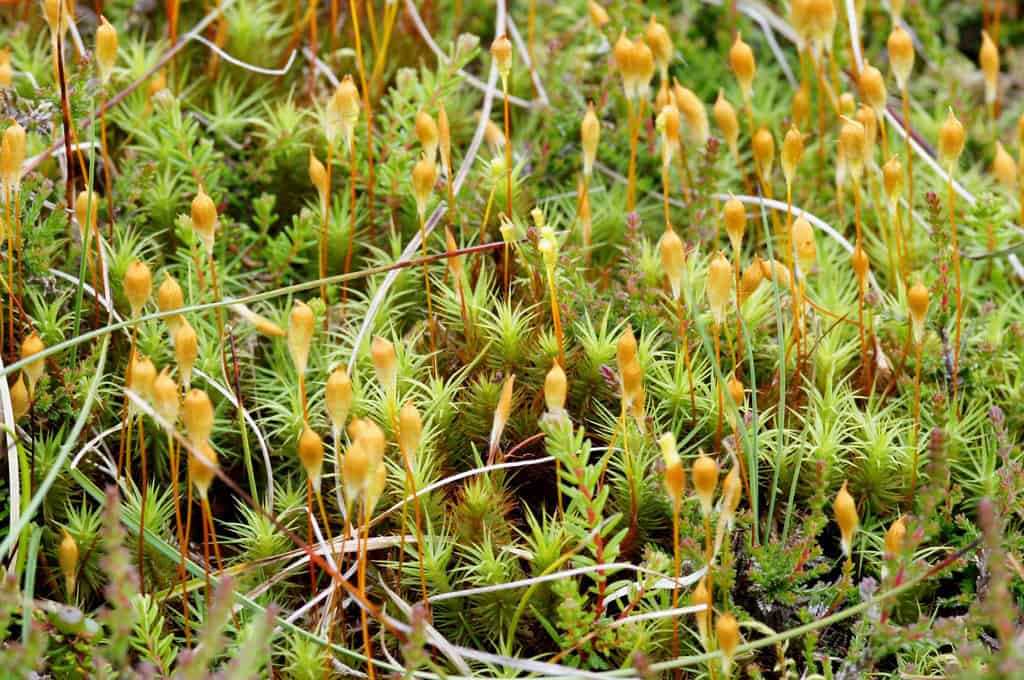
Common Haircap Moss has a distinctive, bristly appearance and forms dense mats in moist, shaded areas. This moss is found in isolated forests across North America, Europe, and Asia, thriving in acidic soils where it can grow undisturbed. Polytrichum commune is rare in undisturbed, isolated forests due to its specific habitat needs. It plays a key role in soil stability and moisture retention, making it essential for maintaining a healthy forest floor. The presence of this moss indicates a stable ecosystem.
Callicladium imponens (Brocade Moss)
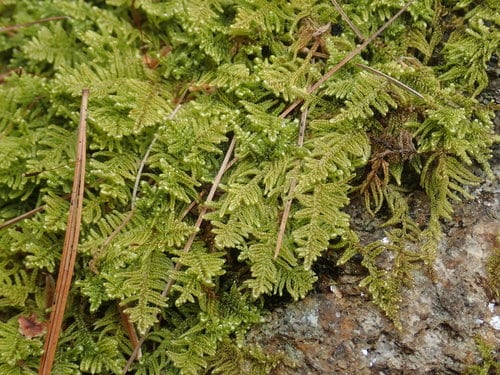
Brocade Moss forms dense, green mats with a delicate, feathery appearance that adds beauty to the forest floor. This moss is found in isolated forests of North America, where it prefers shaded, moist environments. Callicladium imponens is rare due to its specific habitat needs, requiring a particular balance of moisture and shade to thrive. It helps retain soil moisture and provides habitat for small organisms, playing an important role in the ecosystem.
Pleurozia purpurea (Purple Fringed Moss)
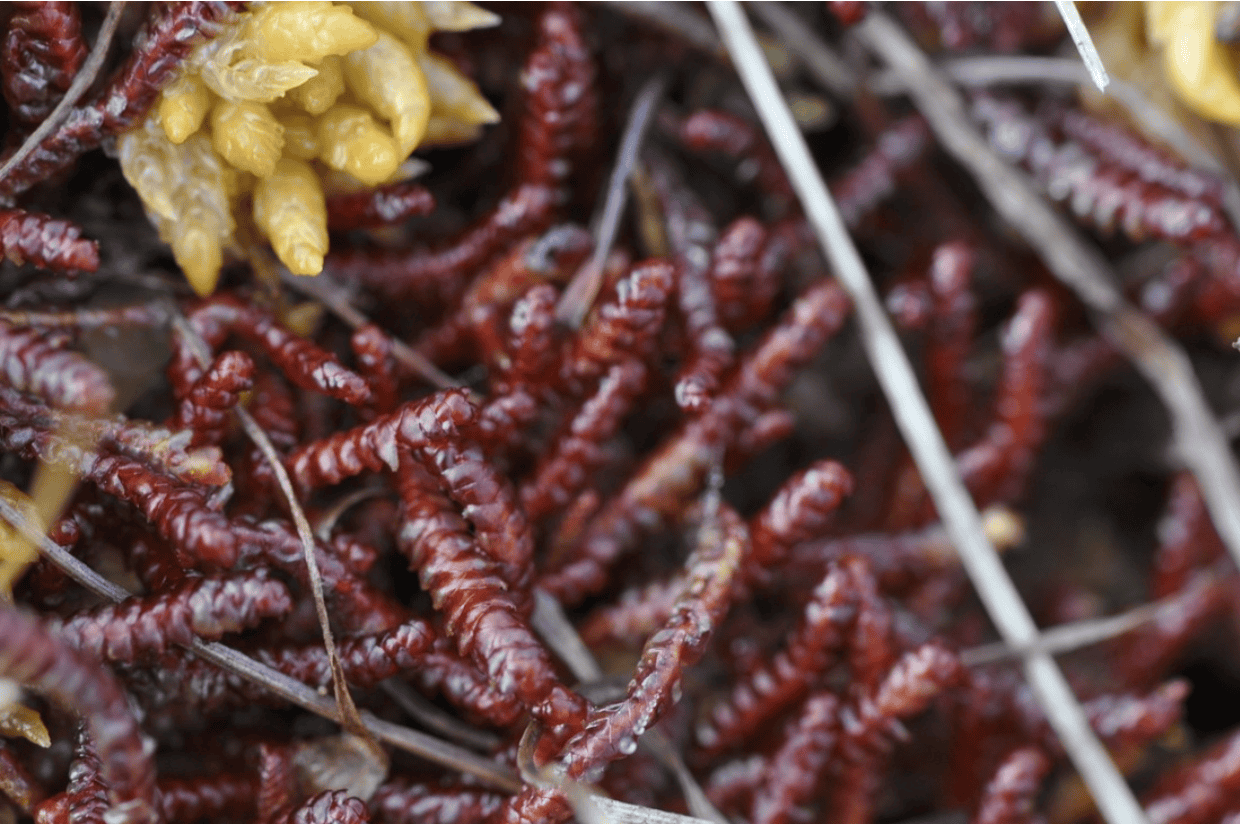
Purple Fringed Moss stands out with its striking purple hue. It thrives in the damp, shaded areas of isolated forests. Found in North America and Europe, it prefers undisturbed, moist environments. Its rarity makes it a special find for moss enthusiasts. This moss is unique due to its vivid coloration and fringed leaves. It plays a crucial role in its ecosystem by retaining moisture and providing habitat for small organisms.
Dicranum scoparium (Broom Forkmoss)
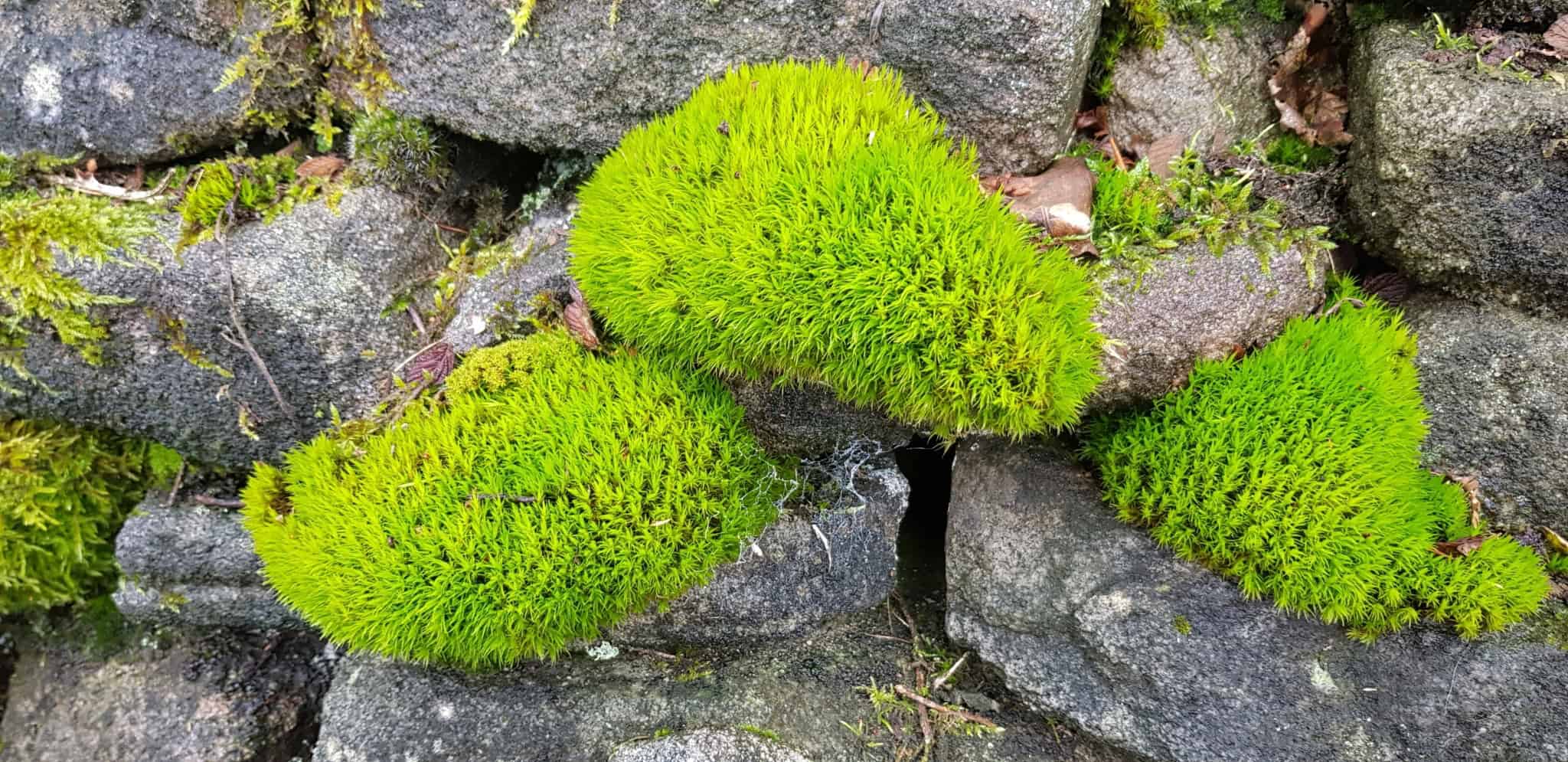
Broom Forkmoss forms dense, bright green tufts. It prefers the acidic soils of isolated forests. Found in North America, Europe, and Asia, it thrives in shaded, moist areas. Its rarity adds to the forest’s biodiversity. This moss is essential for soil stability and moisture retention. Its presence indicates a stable and undisturbed ecosystem. The unique structure of Broom Forkmoss helps prevent soil erosion, making it a vital part of the forest floor.
Racomitrium lanuginosum (Woolly Fringe Moss)
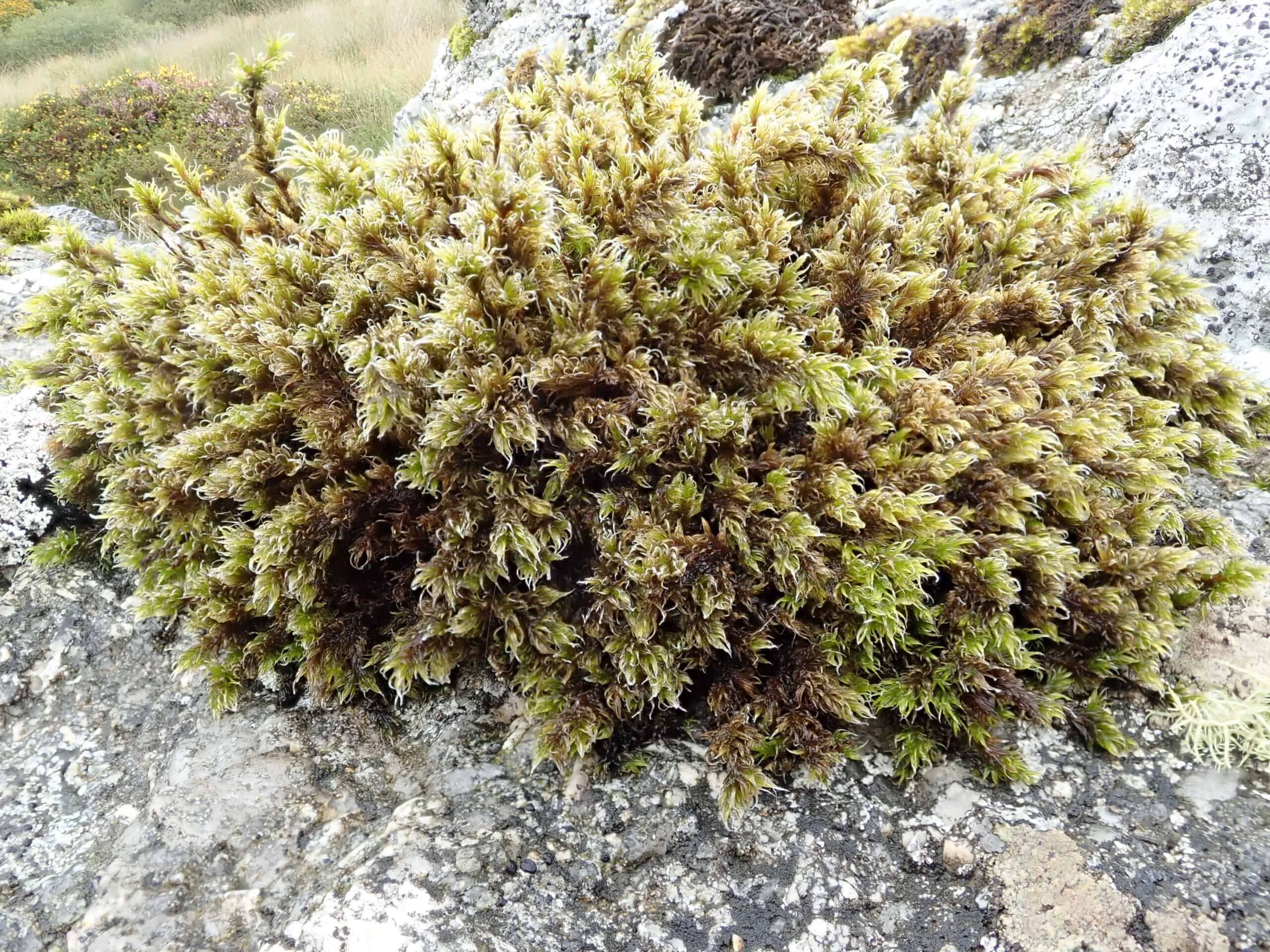
Woolly Fringe Moss has a distinctive woolly appearance. It grows on rocky surfaces in isolated forests. Found in high-altitude regions of North America and Europe, it prefers moist, shaded environments. Its rarity is due to its specialized habitat. This moss helps prevent rock erosion by forming dense mats. It also plays a role in maintaining moisture levels in its ecosystem. The presence of Woolly Fringe Moss is a sign of a healthy, undisturbed forest.
Rhytidiadelphus triquetrus (Big Shaggy Moss)
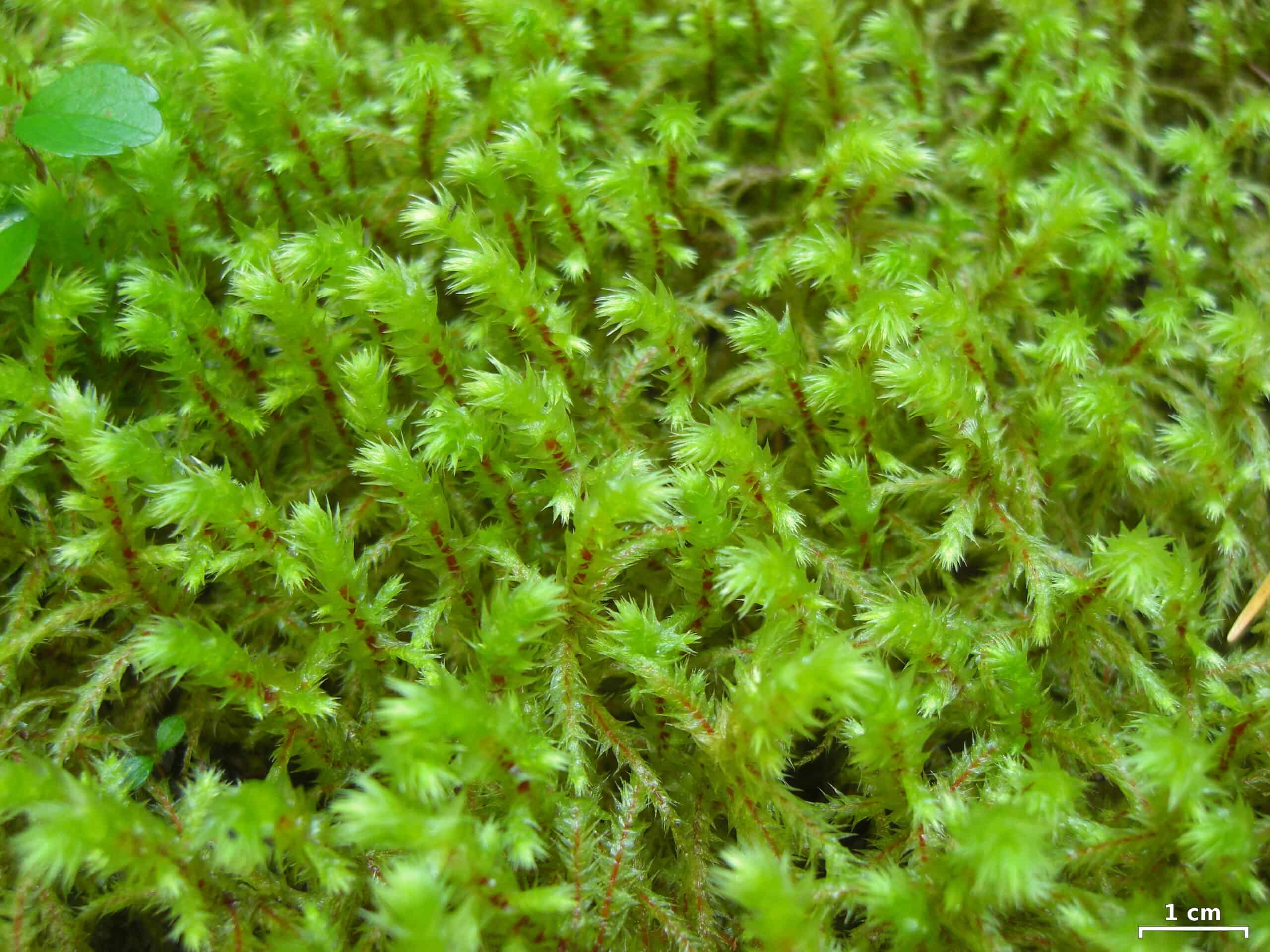
Big Shaggy Moss forms large, shaggy mats. It thrives in the cool, damp areas of isolated forests. Found in North America and Europe, it prefers undisturbed, shaded environments. Its rarity adds to its ecological importance. This moss is crucial for soil moisture retention and habitat provision. Its large, dense mats help prevent soil erosion. The presence of Big Shaggy Moss indicates a stable, healthy forest ecosystem.
Climacium dendroides (Tree Moss)
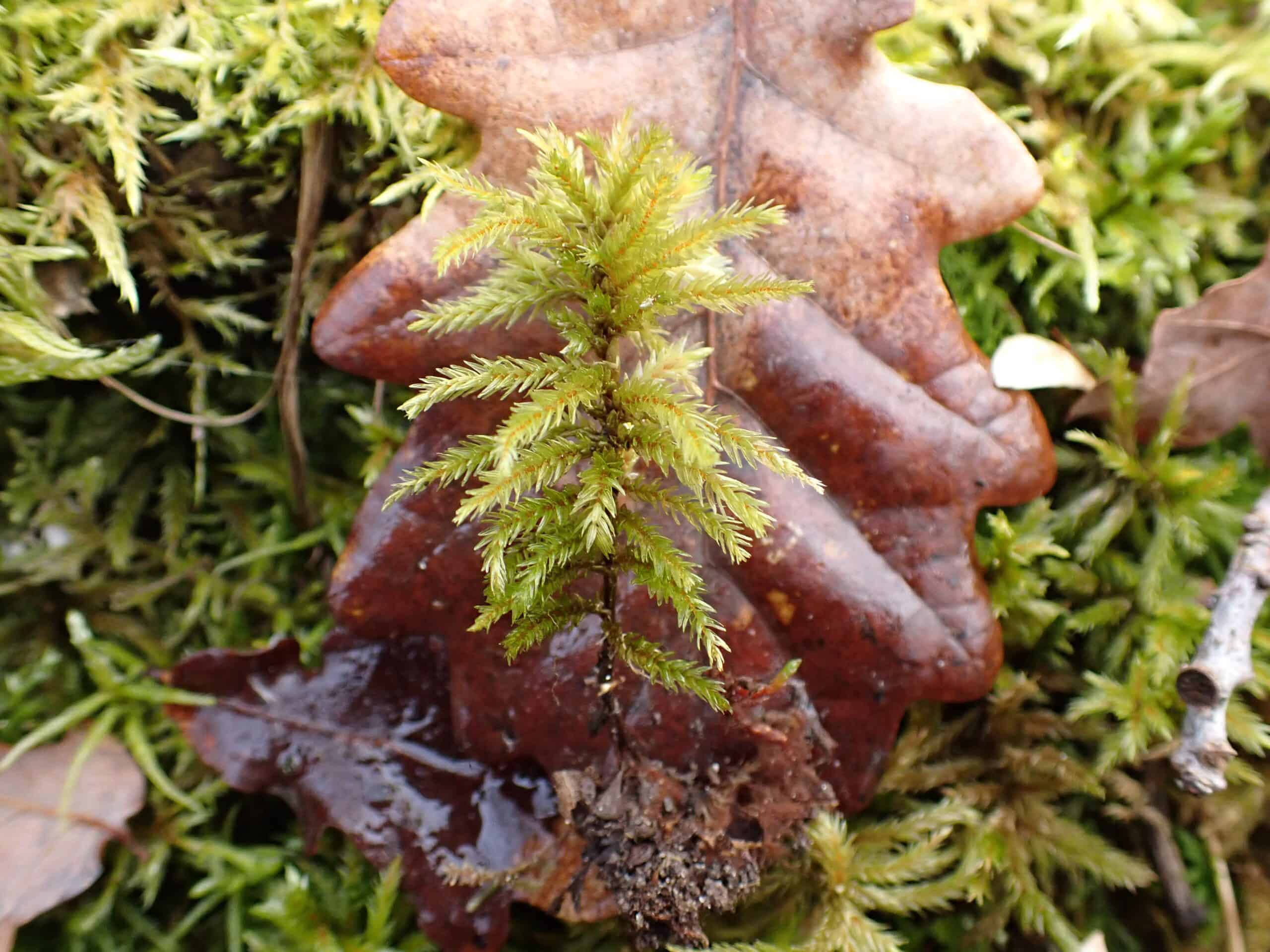
Tree Moss has a distinctive, tree-like structure. It grows in the damp, shaded areas of isolated forests. Found in North America and Europe, it prefers undisturbed environments. Its rarity adds to its uniqueness. This moss helps maintain soil moisture and stability. Its tree-like structure provides a unique habitat for small forest creatures. The presence of Tree Moss indicates a healthy, stable forest ecosystem.
Fissidens adianthoides (Maidenhair Pocket Moss)
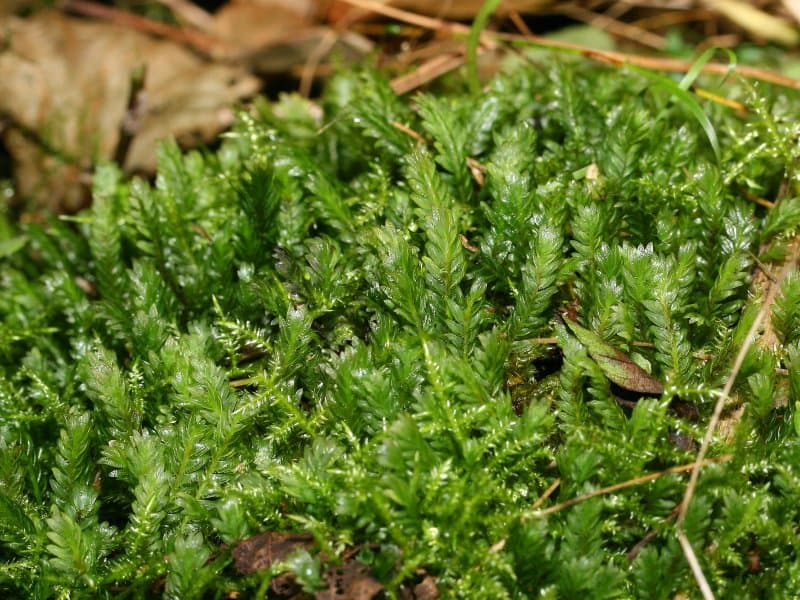
Maidenhair Pocket Moss has delicate, fern-like leaves. It grows in the moist, shaded areas of isolated forests. Found in North America and Europe, it thrives in undisturbed environments. Its rarity makes it an important ecological indicator. This moss helps retain soil moisture and prevent erosion. Its delicate structure provides habitat for small organisms.
This article originally appeared on Rarest.org.
More from Rarest.org
1972 Roosevelt Dime Value Guide

The United States Mint produced the Roosevelt Dime in 1972. This coin is made of a clad material, which means that the inner core is solid copper and the outer layer is a combination of copper and nickel (91.67 percent Copper – 8.33 percent Nickel). Read More.
1976 Washington Quarter Value Guide

The 1976 Washington quarter is a copper-nickel-clad coin that is composed of 75% copper and 25% nickel. Read More.
1967 Jefferson Nickel Value Guide

In 1938, the Jefferson Nickel was introduced to replace the Buffalo Nickel, which had been in use since 1913. Read More.
